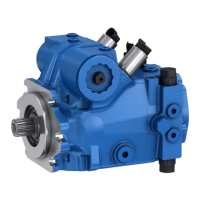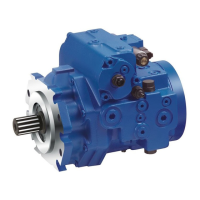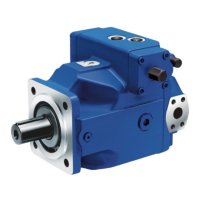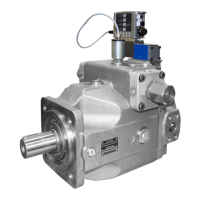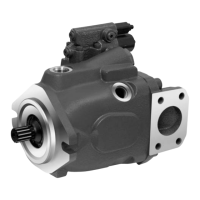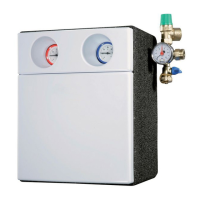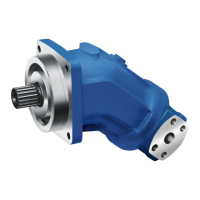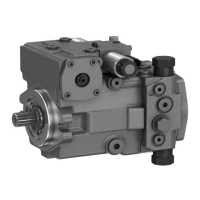60/68 Troubleshooting
Bosch Rexroth AG, A4VG Series 32, RE 92003-01-B/12.2015
14 Troubleshooting
Table 13 can help you with troubleshooting This table is not exhaustive.
Issues may occur in practice that are not listed here.
Only authorized personnel may perform troubleshooting inside a safety area
designated by the machine manufacturer.
14.1 How to proceed with troubleshooting
▶ Perform troubleshooting if possible with reduced operating data (e.g., slowly
swinging in or out and slow pressure increases).
▶ Proceed in a systematic and purposeful manner, even when pressed for time.
The random and imprudent removal andchanging of settings could result in the
inability to ascertain the original cause of failure.
▶ First obtain a general overview of how your product functions in conjunction with
the overall system.
▶ Try to find out whether or not the product was working properly in conjunction
with the entire system before the fault occurred.
▶ Try to determine any changes to the entire system in which the product is installed:
– Were there any changes to the product's operating conditions or operating range?
– Has maintenance work recently been carried out? Is there an inspection or
maintenance log?
– Have any changes (e.g., upgrades) or repairs been made to the overall system
(machine/system, electrics, control) or to the product? If yes, which?
– Has the hydraulic fluid been changed?
– Has the product or machine been used as intended?
– How did the malfunction appear?
▶ Try to get a clear idea of the cause of the fault. Directly ask the (machine) operator.
▶ Document the work carried out.
▶ If you cannot rectify the fault, contact one of the contact addresses which
can be found at:
www.boschrexroth.com/addresses.
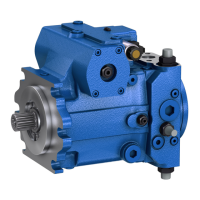
